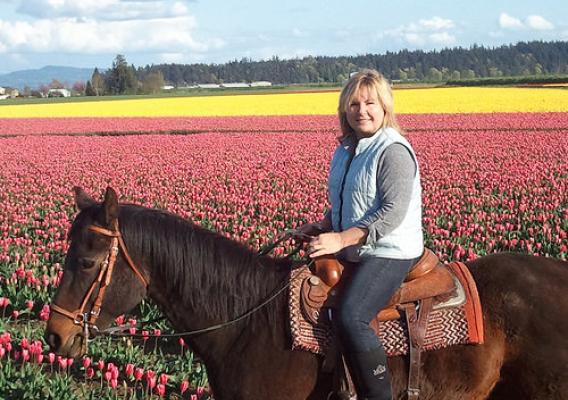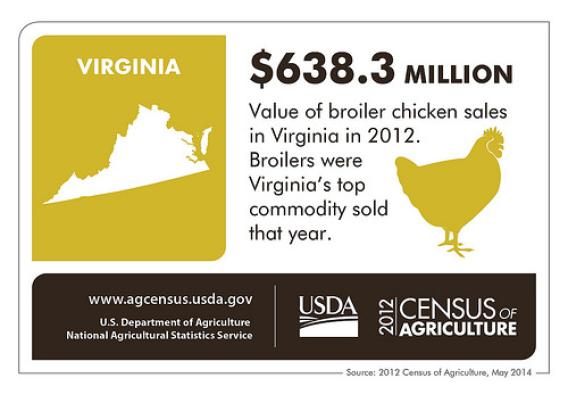The Census of Agriculture is the most complete account of U.S. farms and ranches and the people who operate them. Every Thursday USDA’s National Agricultural Statistics Service will highlight new Census data and the power of the information to shape the future of American agriculture.
From entertainment to high-tech to world-class wine, California’s diverse industries dazzle and delight people all over the world, and our agricultural industry is no exception. The Census of Agriculture results are in and the numbers confirm what many have always known – agriculture shines bright in The Golden State. California is the agricultural powerhouse in the U.S., generating over $42.6 billion in market value of agricultural products sold. With over 25.6 million acres of land dedicated to a diversified agricultural production, it is no surprise California leads the nation.
Diversity in all things is a proud hallmark of our state, and it lends its strength to our agriculture. California is the sole producer of an amazing array of commodities eaten by people all over the world. Enjoy pomegranate juice? Almost 99 percent of all pomegranates produced in the U.S. come from California. Love almonds? Very nearly 100 percent of all almonds produced in the U.S. are grown in California. Gotta have olives? Close to 98 percent of all olives grown in the U.S. are from California. Need artichokes? It is the California state vegetable, and as you might have guessed, almost all of the artichokes grown in the U.S. are grown in California. California also has most if not all of the dates, figs, kiwifruit, pistachios, raisins, sweet rice and walnuts in the country.










